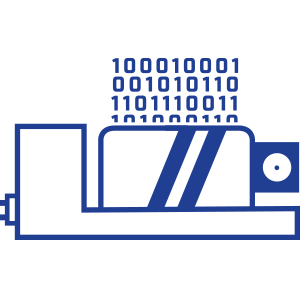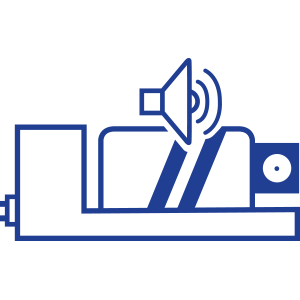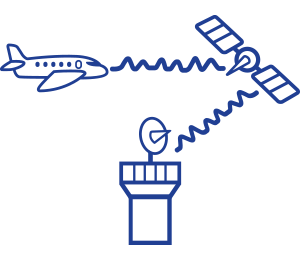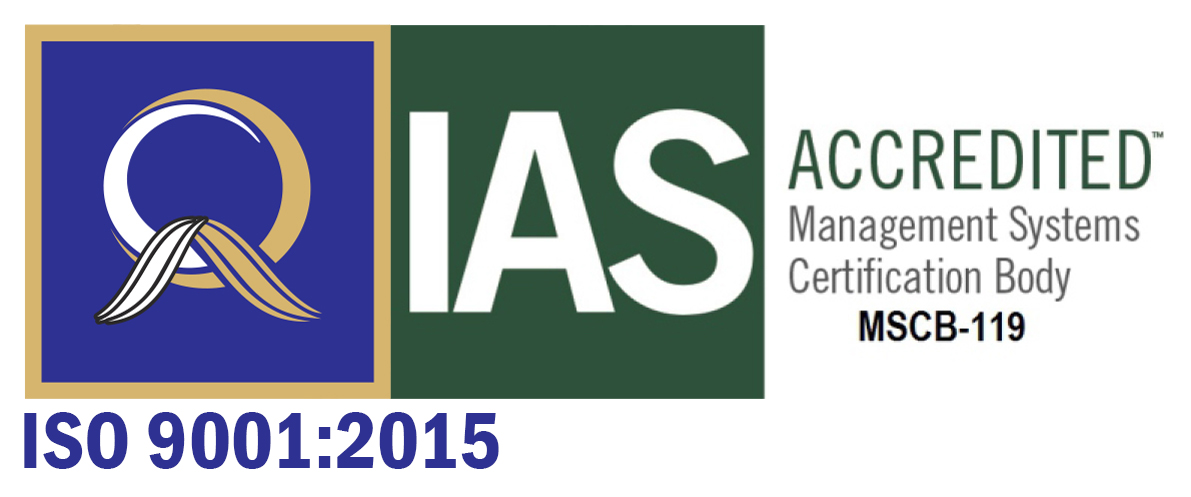The process involves identifying the accounts that need adjustment, determining the correct amount, and recording the journal entry. This might include adjusting revenues and expenses to their proper period or reconciling discrepancies between ledger accounts and physical counts. For costs paid in advance, such as insurance or rent, it’s essential to allocate these amounts over the periods they cover. This practice guarantees your monetary reports precisely indicate the costs in the pertinent accounting periods, following accrual accounting principles. Establishing What is partnership accounting a rigorous approval procedure and demanding appropriate paperwork, such as receipts or invoices, can further substantiate these costs, improving the precision of monetary reports.
Businesses must consider the advantages and disadvantages when selecting their accounting method. Conversion from accrual to cash basis is often undertaken by companies that need to get a better idea of the company’s profitability in terms of the cash that companies have raised over time. Remember, the cash method and accrual method are fundamentally different approaches to accounting, each with their own benefits and drawbacks. The accrual method provides a more accurate picture of a company’s overall financial health, while the cash method can be simpler and provide a clearer view of the cash coming in and out of a business. A move to a cash basis may require more detailed categorization or separation of expenses to ensure accurate tracking of cash. For instance, separating fixed and variable expenses can help in better cash flow management.
Understanding Goodwill in Balance Sheet – Explained
If the money from sales comes in after the designated term ends, write off all accounts receivables. This article examines the reasons why small businesses would make a switch to accrual basis to cash and how to record financial transactions when making a cash basis adjustment. Transitioning accounting methods and making accrual to cash adjustments can be complex.
Friends don’t let friends do their own taxes. Share this article!
While it can be challenging for small businesses, it offers many benefits, including better-informed decision-making, forecasting, and budgeting. It is crucial to understand the basics of accrual accounting to effectively navigate the transition from accrual to cash accounting. And if we are mentioning accounts receivable then we are also mentioning its counterpart. Remember that under the cash accounting method, your statements should only show transactions where cash has been paid during the reporting period. So this means including only the costs that were settled in cash during that specific time. In terms of unique details, it is important to consider the impact of the conversion on tax reporting.
Examples of transactions recorded under cash basis accounting
By reducing the time it takes to convert investments into cash, a business can generate more revenue and reduce its costs. For example, if a business can sell inventory more quickly, it can reduce the amount of money tied up in inventory, which can lead to lower storage costs and fewer losses due to obsolescence. The cash conversion cycle is the number of days it takes for a company to convert its investments in inventory and other resources into cash. This cycle includes the time it takes to sell inventory, receive payment from customers, and pay suppliers.
- Accrual accounting is a method of accounting that records revenue and expenses when they occur, regardless of when cash is received or paid.
- This might include adjusting revenues and expenses to their proper period or reconciling discrepancies between ledger accounts and physical counts.
- This method is particularly beneficial—and often mandatory—for larger businesses and those dealing with physical goods or credit transactions.
- While more complex, accrual accounting is favored by larger businesses and is a requirement for publicly traded companies.
- Understanding the importance of this switch involves recognizing the potential benefits, such as improved clarity in financial statements and easier tax management.
The balance in the liability account Accounts Payable at the end of the year will carry forward to the next accounting year. The balance in Repairs & Maintenance Expense at the end of the accounting year will be closed and the next accounting year will begin with $0. Accrual accounting complies with accounting standards, making it easier for businesses to comply with regulations and standards. This is especially important for businesses that are required to comply with generally Accepted Accounting principles (GAAP) or international Financial Reporting standards (IFRS). Accounting is one of the most fundamental parts of business operations, there can’t be a company running without accounting, it’s as simple as that. Professional advice can help navigate through any complexities and guarantee accurate reporting.
Business Tax services
Companies worldwide typically employ an Accrual Basis due to the matching notion. Accurately estimate the profitability over time by comparing the revenues and costs of a specific period. Please note that this conversion can become quite complex depending on the complexity of a business’s transactions and financial condition. It’s always a good idea to consult with a professional accountant when making these types of changes to your accounting system.
The accounting method under which revenues are recognized on the income statement when they are earned (rather than when the cash is received). If you want to minimize the number of adjusting journal entries, you could arrange for each period’s expenses to be paid in the period in which they occur. For example, you could ask your bank to charge your company’s checking account at the end of each month with the current month’s interest on your company’s loan from the bank. Under this arrangement December’s interest expense will be paid in December, January’s interest expense will be paid in January, etc. You simply record the interest payment and avoid the need for an adjusting entry.
Because Bad Debts Expense is an income statement account, its balance will not carry forward to the next year. To determine if the balance in this account is accurate the accountant might review the detailed listing of customers who have not paid their invoices for goods or services. Let’s assume the review indicates that the preliminary balance in Accounts Receivable of $4,600 is accurate as far as the amounts that have been billed and not yet paid. In summary, mastering the cash to accrual adjustment is a critical endeavor for businesses seeking accurate financial reporting and strategic foresight.
By analyzing your cash flow statement, you can get a better understanding of your business’s cash position and identify areas where you can improve your cash flow. While accrual accounting is a widely used accounting method, it has its limitations. These limitations can impact a business’s financial reporting and its ability to make informed decisions about spending and investments.
- The entry also increases the expense account to show the total expenses for the period.
- When everything is dependent on cash sales and payments, you need to know what your cash flow looks like at all times.
- Note that the ending balance in the asset Prepaid Insurance is now $600—the correct amount of insurance that has been paid in advance.
- The straightforward nature of cash transactions also reduces the risk of accounting errors and helps businesses stay compliant with tax regulations.
- By analyzing your cash flow forecast, you can make the necessary adjustments to your business operations to ensure that you have enough cash on hand to make the transition.
- In contrast, accrual accounting records revenue and expenses when they are earned or incurred.
In contrast, accrual accounting records revenue and expenses when they are earned or incurred. Another key difference is that accrual accounting considers accounts receivable and accounts payable, while cash accounting does not. For example, sales made on credit will need to be recorded as revenue, even if payment has not yet been received, and similarly, expenses incurred that have yet to be paid should also be noted.





